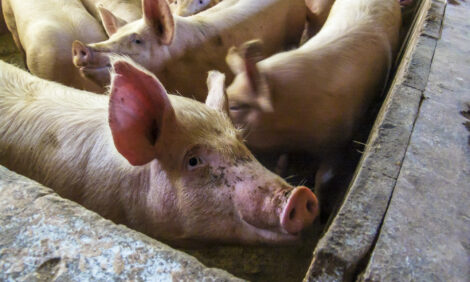



Producers Advised to be Attentive to Feed Quality
CANADA - A researcher with the Prairie Swine Centre is advising swine producers to pay particularly close attention to feed grain quality when securing feed supplies for this winter, writes Bruce Cochrane.The 2010 growing season has been characterized by abnormally wet weather which has resulted in an estimated six to ten million acres remaining unseeded across the Canadian prairies and anticipated quality reductions on much of the crop that did go into the ground.
Dr Denise Beaulieu, a research scientist nutrition with the Prairie Swine Centre in Saskatoon, says the weather has been changing day by day so producers are watching harvest conditions closely.
Dr Denise Beaulieu-Prairie Swine Centre
The wet weather has affected virtually all the crops throughout western Canada and even down into the US.
The corn in the US, some of it has been affected so in terms of supply I think virtually feed ingredients will be coming in at lower quality than typical.
The supply could actually go up because, as I mentioned, grains are grown for human consumption and as they're downgraded they can be used for human consumption.
We could see an increased supply of feed grade grains coming in but the quality is going to be an issue.
The last couple of weeks of warm weather probably have seen an improvement in harvest conditions.
We had some early frost so producers will be looking at some supplies that are frost damaged, there's some grains that are coming in that are still immature and of high moisture.
Producers have to look at the quality as they buy on a grain by grain, on a load by load basis and determine for themselves.
The biggest immediate issue with the high moisture crops that are being taken off is with mold and mycotoxin infestation.
Dr Beaulieu says if producers can get good deals on grains that have been down graded they could be of good economic value.
She says the issue is with molds and mycotoxins and recommends if molds are suspected sending off samples for testing.








